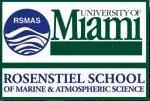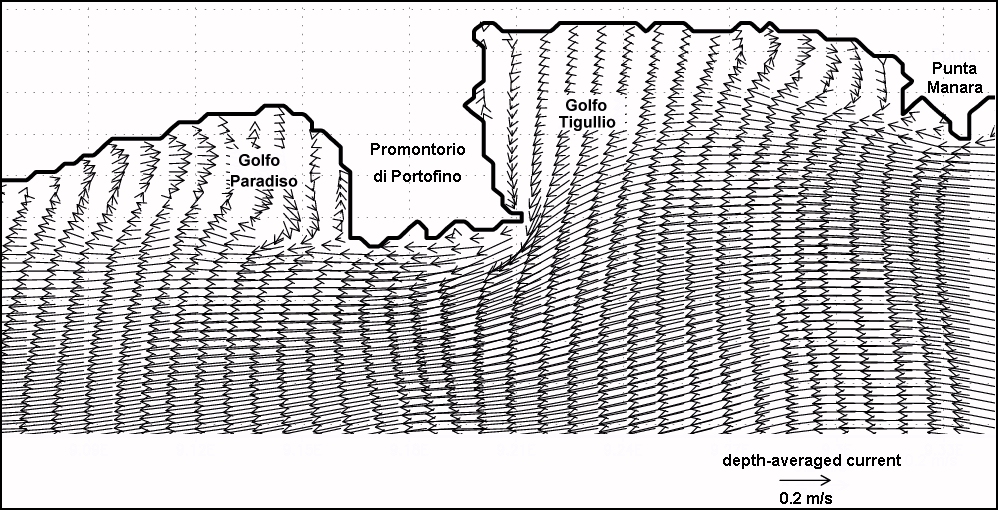


di studio
CRAM&IOF
The original POM (Princeton Ocean Model) has been developed at Princeton University (see POM Home Page).
POM is an ocean circulation model, which solves the hydrostatic primitive equations, with a free surface, curvilinear horizontal coordinates, vertical sigma-coordinate, and a second order closure scheme for the computation of the vertical mixing.
The model adopts a C-grid with leap-frog time differencing, but for the diffusion terms which are integrated using a forward scheme.
The integration of the vertical diffusion is fully implicit.
The equations are integrated with a time-split scheme, where the barotropic circulation (external mode) is integrated with a time step more than one order of magnitude smaller than the baroclinic component (internal mode).
The version of POM used by the Atmosphere and Ocean Physics group of the University of Genova has been extensively rewritten, however does not modify the basic dynamics of the model.
It is used by our group mainly for simulation of the circulation in the Ligurian Sea.
More in scientific works and ...
 |
September 2004 - Doglioli, A. M., Modelling of circulation and dispersion in the Promontorio di Portofino coastal waters (Ligurian Sea). Séminaire Laboratoire de Physique des Océans, IFREMER. Plouzané, France. |
 |
July 2004 - Doglioli, A. M., Modelling of circulation and dispersion in coastal waters in the presence of a cape: the case of the promontory of Portofino (N.W. Mediterranean Sea). Coastal Studies Seminar, RSMAS-University of Miami. Miami, Florida. |
 |
May 2004 - Doglioli, A. M., La modellistica per la circolazione nelle acque costiere del Levante. Giornata di studio sulla meteorologia, Ass. Cult. del Genovesato. Chiavari, Italy. [abstract DOC] |
| giornate di studio CRAM&IOF |
November 2002 - Doglioli, A. M., Applicazioni del modello POM per lo studio della circolazione nel Mar Ligure. Applicazioni di modelli numerici per lo studio della circolazione e dei processi di trasporto in bacini costieri. CRAM-ENEA, IOF-CNR, Forte S.Teresa (SP), Italy. |
